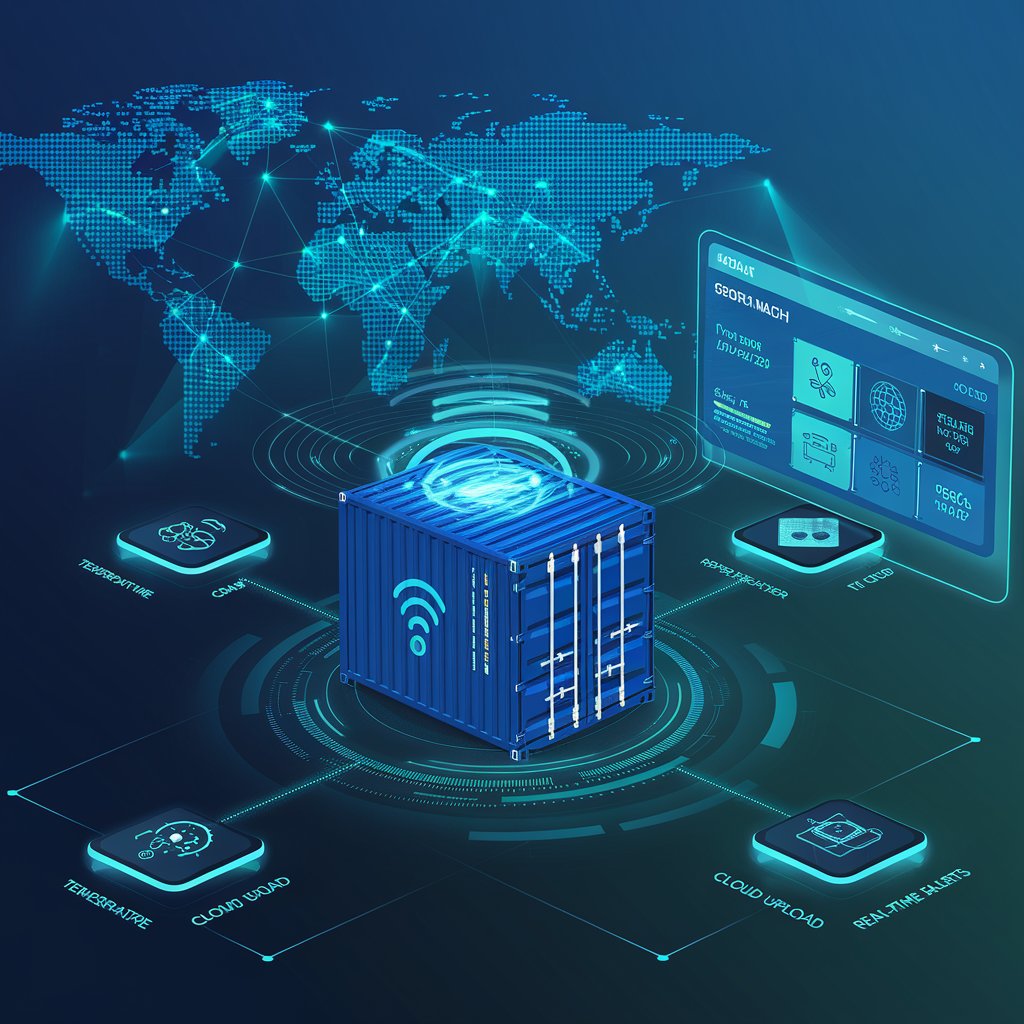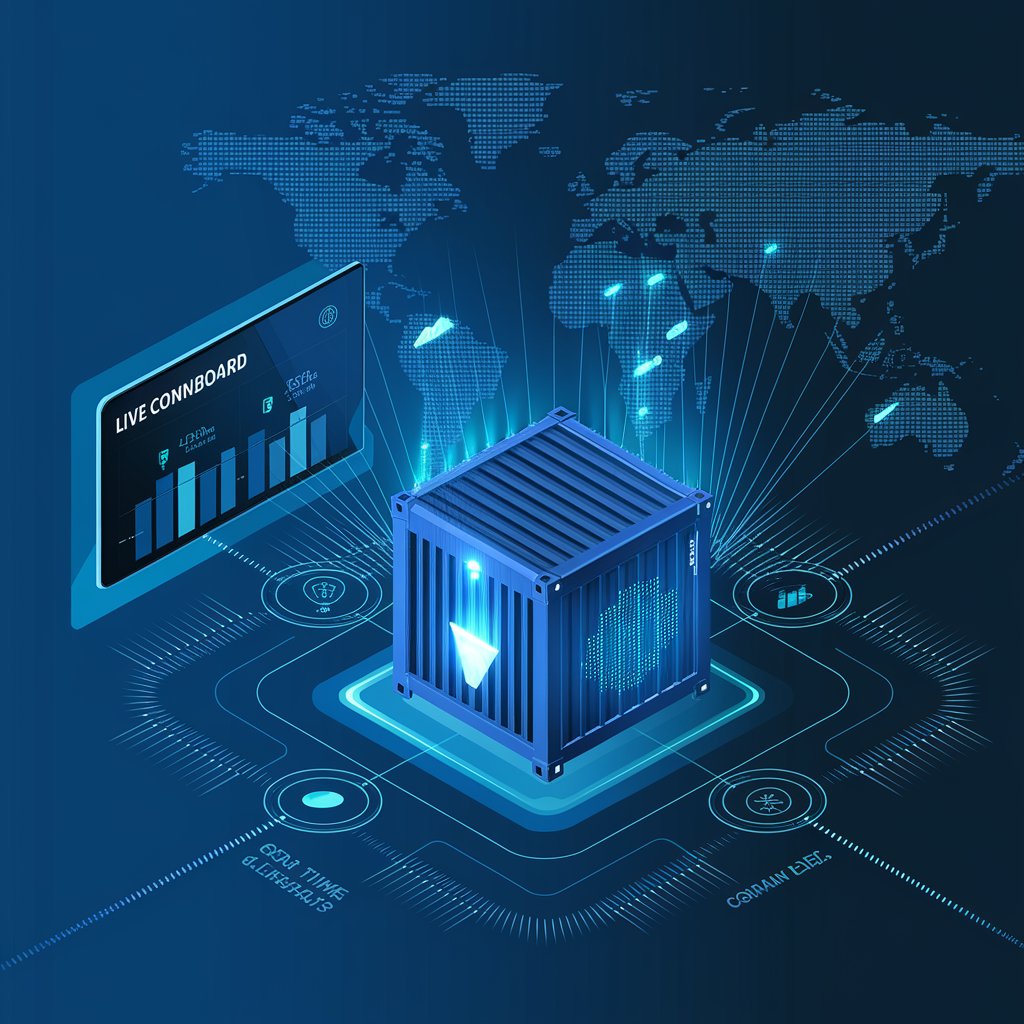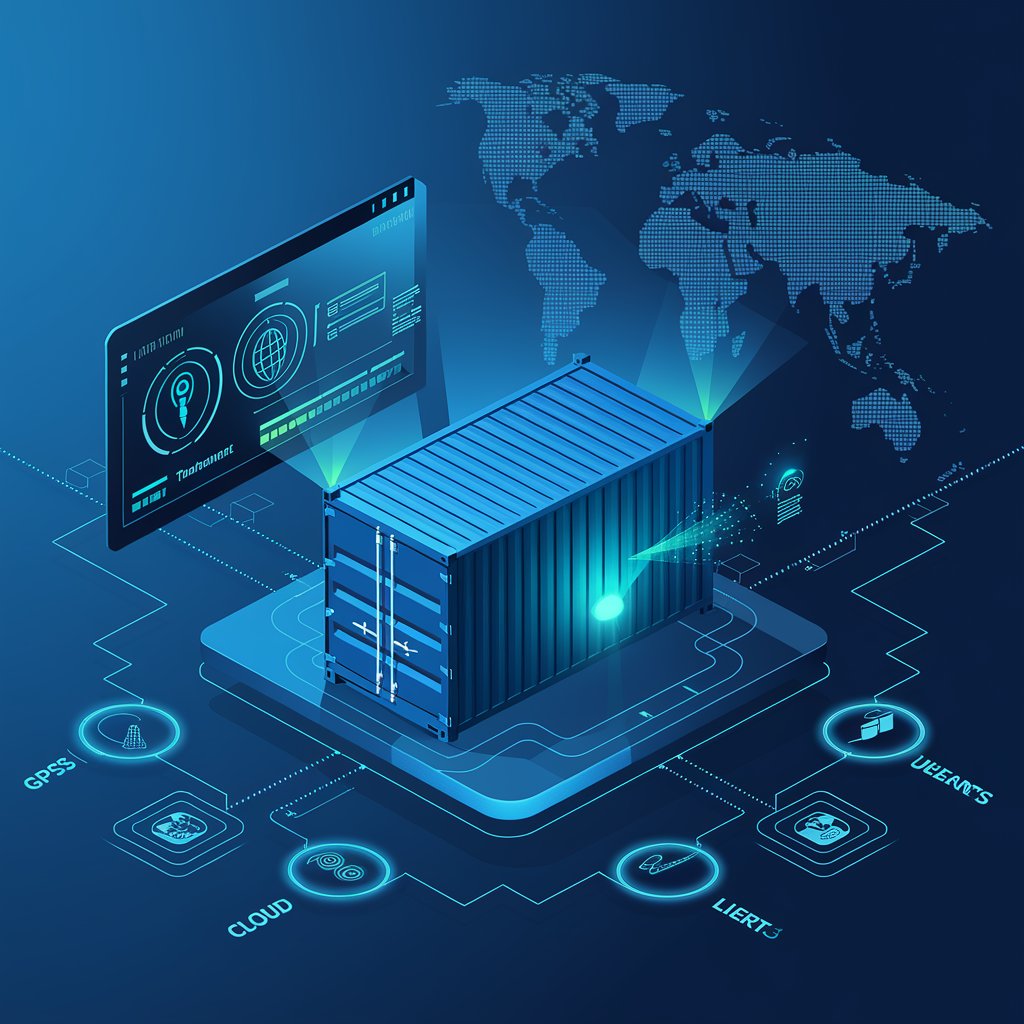IoT in Container Tracking: The Future of Shipment Visibility

🔍 What Is IoT Container Tracking?
IoT container tracking refers to the use of connected sensors and devices placed directly on containers to transmit real-time data about location, condition, and status—without relying solely on external carrier systems.
These smart devices often transmit:
- 📍 GPS location
- 🌡️ Temperature and humidity levels
- 📦 Shock, tilt, or tampering alerts
- 🔋 Battery life and movement patterns
When integrated with a digital logistics platform, this data provides live, independent visibility, even in transit, ports, or warehouses.
💡 Why IoT Matters for Shipment Visibility
Traditional tracking systems depend on milestone updates from third parties (e.g., carriers, terminals). But IoT:
- Delivers continuous, real-time insights
- Works independently of carrier updates
- Adds context to movement (not just where it is, but how it’s moving)
- Helps manage sensitive cargo conditions
For high-value, perishable, or time-sensitive goods, this level of control is no longer optional—it’s expected.

🛠️ How It Works
IoT-enabled containers are equipped with:
- GPS or GNSS receivers for positioning
- Sensors (temperature, shock, door open/close)
- SIM/eSIM or satellite modules for connectivity
- Battery-powered data units that transmit to the cloud
Data flows into a logistics platform like Linbis, where users can:
- Monitor container status in real time
- Set automated alerts for temperature excursions or route deviations
- Generate reports for compliance or analytics
Improve planning based on predictive data
🔄 Use Cases in Action
Use Case | How IoT Helps |
Cold chain shipments | Monitor temperature deviations instantly |
High-value goods | Detect unauthorized access or vibration |
Route optimization | Analyze real-time traffic and behavior |
Customs or port delays | Know exactly when a container is stationary |
Customer experience | Provide live visibility to clients |

🌐 Benefits of IoT Container Tracking
✅ Real-Time Location
Go beyond “last known location” with live GPS tracking—anywhere in the world.
✅ Condition Monitoring
Track conditions inside the container and act before spoilage or damage happens.
✅ Proactive Alerts
Receive instant alerts when something goes off course—literally or physically.
✅ Data for Continuous Improvement
Use collected insights to improve packaging, routing, or vendor selection.
✅ Improved Compliance & Reporting
Automate documentation for temperature-sensitive or high-security cargo.
🔧 IoT + Linbis: A Smart Integration
Modern freight management platforms like Linbis are evolving to integrate with IoT networks and sensor APIs. This gives users a centralized dashboard where IoT data is combined with:
- Shipment schedules
- Customs milestones
- Carrier updates
- Historical analytics
It creates a single source of truth, reducing fragmentation and boosting decision-making power across operations.

🚀 The Future: Autonomous, Predictive Logistics
Looking ahead, IoT will power more than just visibility—it will enable:
- AI-based ETA recalculations
- Autonomous exception handling
- Condition-based insurance models
- Predictive maintenance of containers
IoT data is already feeding machine learning models that help logistics companies forecast risk, optimize routing, and manage resources dynamically.
🎯 Final Thoughts
The future of shipment visibility is real-time, contextual, and proactive—and IoT is leading the way.
For shippers, freight forwarders, and logistics teams that want to stay competitive, integrating IoT into your container tracking strategy is no longer a question of if, but when.
Linbis is committed to supporting smart logistics by offering solutions ready for the future—IoT integrations included.
